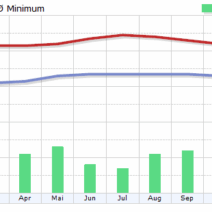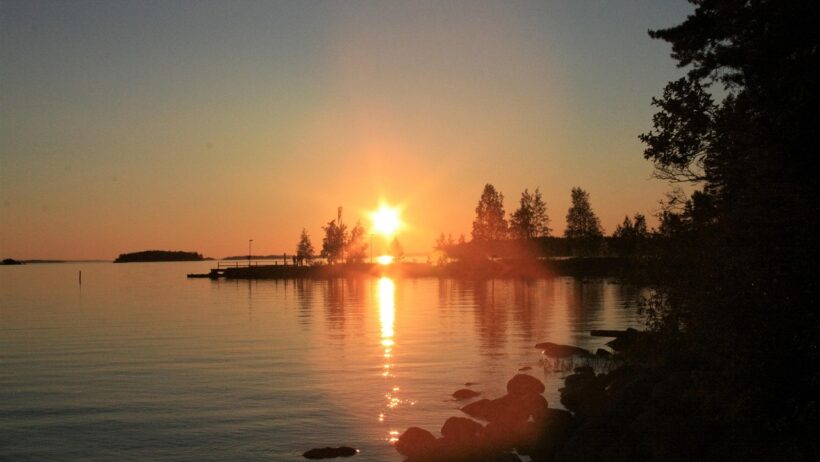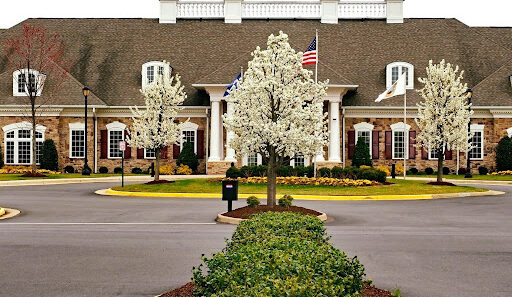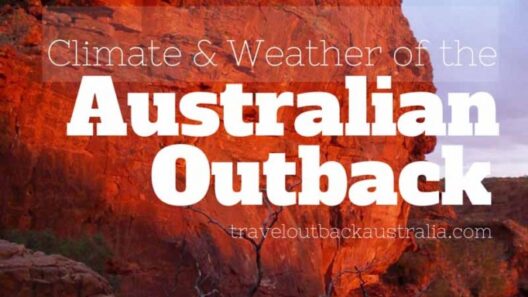Finland, a land of contrast, features an enchanting climate marked by stark seasonal variations that shape its natural landscape and cultural practices. The country experiences a unique blend of Nordic winters and the extraordinary phenomenon of the midnight sun. Understanding the climate of Finland not only enriches our appreciation for this Northern European gem but also incites curiosity about how such an environment has influenced its biodiversity, human habitation, and even its approach to climate change.
The geography of Finland plays a pivotal role in defining its climate. Situated between the Baltic Sea and the Arctic Circle, Finland’s climate can be classified predominantly as a continental climate, accentuated by its northern latitude. This geographic positioning introduces a distinctive interplay of maritime and continental influences, whereby varying air masses converge to create a diverse meteorological tapestry. Winters are characteristically long, cold, and snow-laden, while summers—albeit brief—can become surprisingly warm and luminous.
During the winter months, from November to March, temperatures often plummet. In northern regions, such as Lapland, thermometers can dip below -30°C (-22°F). Snow blankets the land, providing an ethereal beauty but also creating challenges for wildlife and human activities alike. The enduring frost also curtails daylight hours, leading to the phenomenon known as polar night or “kaamos,” where the sun remains below the horizon for prolonged periods. This stark darkness, although disheartening for some, carries a certain allure, inspiring stories of resilience and adaptation among residents.
As the darkest days of winter yield to a gradual thaw, the seasons transition into an exuberant summer, bringing with it the captivating midnight sun. Between late May and mid-July, the sun barely dips below the horizon, disturbing the line between day and night. This celestial spectacle, particularly pronounced in Lapland, nurtures a unique ecosystem where flora flourishes under extended sunlight. The phenomenon evokes a sense of enchantment, compelling countless visitors to flock to the country’s northern reaches to witness nature in its most awe-inspiring form.
The biological implications of Finland’s climate are profound. Winters herald a period of dormancy for many species, challenging them to survive under the harsh conditions. Yet, remarkably, the vast coniferous forests, with spruce and pine dominating the landscape, have evolved mechanisms—like antifreeze proteins and thick bark—to endure the frigid temperatures. These adaptations showcase the resilience of nature in the face of climate variability.
Summer, conversely, witnesses an explosive reawakening of life. The sun’s rays invigorate a myriad of species, from wildflowers carpeting the forest floors to abundant bird migrations. The lengthy daylight hours invigorate the annual growth cycle, catalyzing a cornucopia of biodiversity. In this environment, migratory patterns of animals, such as the iconic Saimaa seal and the reindeer, align with seasonal changes, demonstrating an intricate balance with the climatic rhythm.
Moreover, the climate of Finland has fostered a unique relationship between its inhabitants and the natural world. Traditional practices, such as summer festivals celebrating the midnight sun and winter activities like ice fishing and skiing, create a cultural mosaic intertwined with the elements. Finnish architecture, characterized by wooden cabins and saunas, harmoniously blends with its environment, showcasing a longstanding respect for nature’s resources.
This profound connection to the earth extends to contemporary discussions surrounding climate change. Finland is acutely aware of its climatic vulnerabilities, as shifts in weather patterns could dramatically affect its ecosystems. The country’s commitment to sustainability, encapsulated in its ambitious targets for carbon neutrality by 2035, is a testament to its proactive stance. Forest management, renewable energy initiatives, and sustainable transportation practices are just a few areas where Finland strives to align human activity with ecological preservation.
Yet, in the face of global climate change, challenges persist. Melting ice in the Arctic raises concerns about rising sea levels, which could threaten Finland’s coastal regions. Additionally, warmer temperatures may disrupt the delicate balance of indigenous species, affecting biodiversity and resources on which communities depend. These environmental shifts necessitate a shift in perspective—a realization that the climatic changes affecting Finland extend far beyond its borders, impacting global ecosystems and humanity at large.
Furthermore, as the world grapples with environmental changes, Finland serves as a crucial case study for other nations contending with similar challenges. Its commitment to advancements in technology, education, and sustainable agriculture has positioned it as a leader in environmental stewardship. By fostering innovation and encouraging sustainable practices, Finland lays a framework for a collaborative approach to addressing climate concerns on a broader scale.
The climate of Finland, with its breathtaking midnight suns and harsh, icy winters, encapsulates a juxtaposition that is both alluring and formidable. The interplay of these elements shapes not only the country’s ecology but also its societal practices and values. As intrigue about these Nordic contrasts grows, so too does the imperative to sustain their beauty for future generations. By embracing the wisdom embedded in Finland’s climatic narratives, we can nurture a deeper understanding of our planet and our role in preserving it amidst the pressing challenges of climate change.








